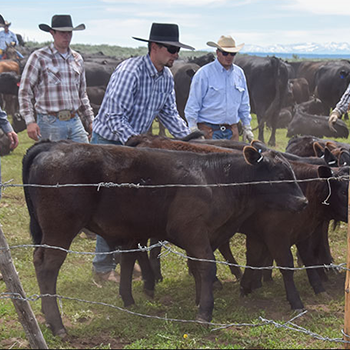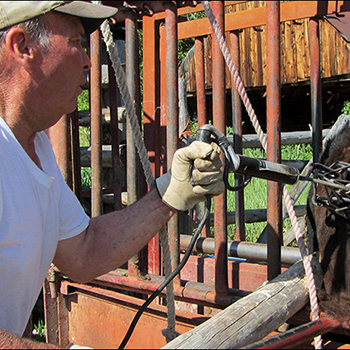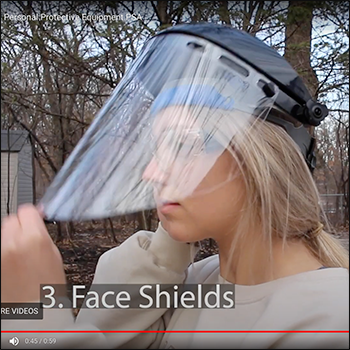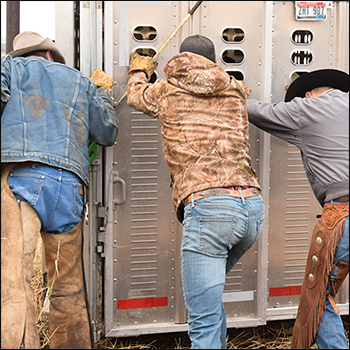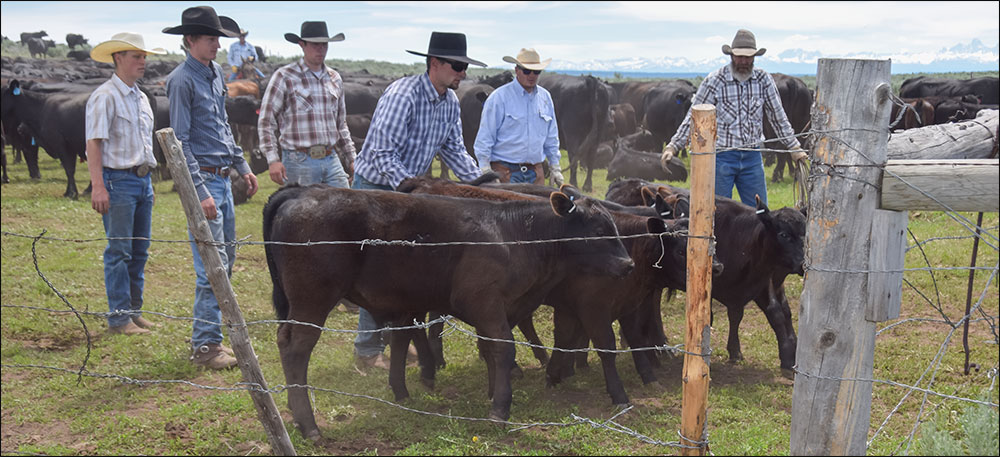
How a community reacts and responds after a death by suicide is important to those connected to the person or those who are struggling with thoughts of suicide.
Life After Death by Suicide
Life continues for those left behind, treat them with care.
“No one ever mentions my dad’s name. I’m sure they are uncomfortable bringing up my dad’s name to me because they don’t want me to be hurt, but I’m already hurting,” shared a grieving family member with Adrienne DeSutter, an advocate for rural mental health, farmer and certified school counselor.
When asked, “How should we respond after a suicide?” Adrienne makes it clear: “Don’t act like they didn’t exist; it is OK to say their name.”
Adrienne says members of the community, friends and family cannot pretend it didn’t happen. Yes, she says, it’s uncomfortable; and, yes, it does affect an entire community. However, we can’t let that discomfort get in the way of being proactive about moving forward and continuing to address it.
Adrienne’s husband, Drew DeSutter — a full-time farmer, Angus rancher and someone who has experienced the effects of death by suicide firsthand — says people want to talk about their loved one.
“You talk about cancer. You talk about heart attacks. The grieving process is probably very similar,” he notes. “I think that people want to talk about their family member.”
A suicide always surfaces unanswered questions, says Melba Sutton, a specialist clinical social worker. Family and friends want to know why, but there isn’t always a why.
“It brings up the fact that I’m a human being, and I’m doing the best I can in the moment and that suicide is a reality in this world,” she concludes.
Sarah Brummett, Colorado Office of Suicide Prevention manager, encourages communities and their residents to be very intentional in their response.
“How a community talks about, writes and acknowledges that loss can be very important for other individuals who are connected to that person or who are also struggling with thoughts of suicide,” she advises. “We know that if you’ve been exposed to a suicide loss, the risk goes up.”
She says tool kits exist for media, schools, workplaces, etc., to guide how they form the narrative surrounding the event, how they move forward and how they improve in the future. It is important to handle the situation with care, compassion and knowledge.
Above all, the experts agree, show love however you can and accept that the grieving process looks different for everyone involved.
Editor’s note: Paige Nelson is a freelance writer and a cattlewoman from Rigby, Idaho.
